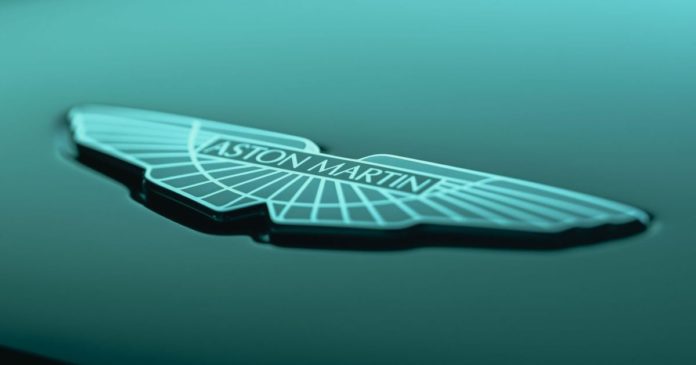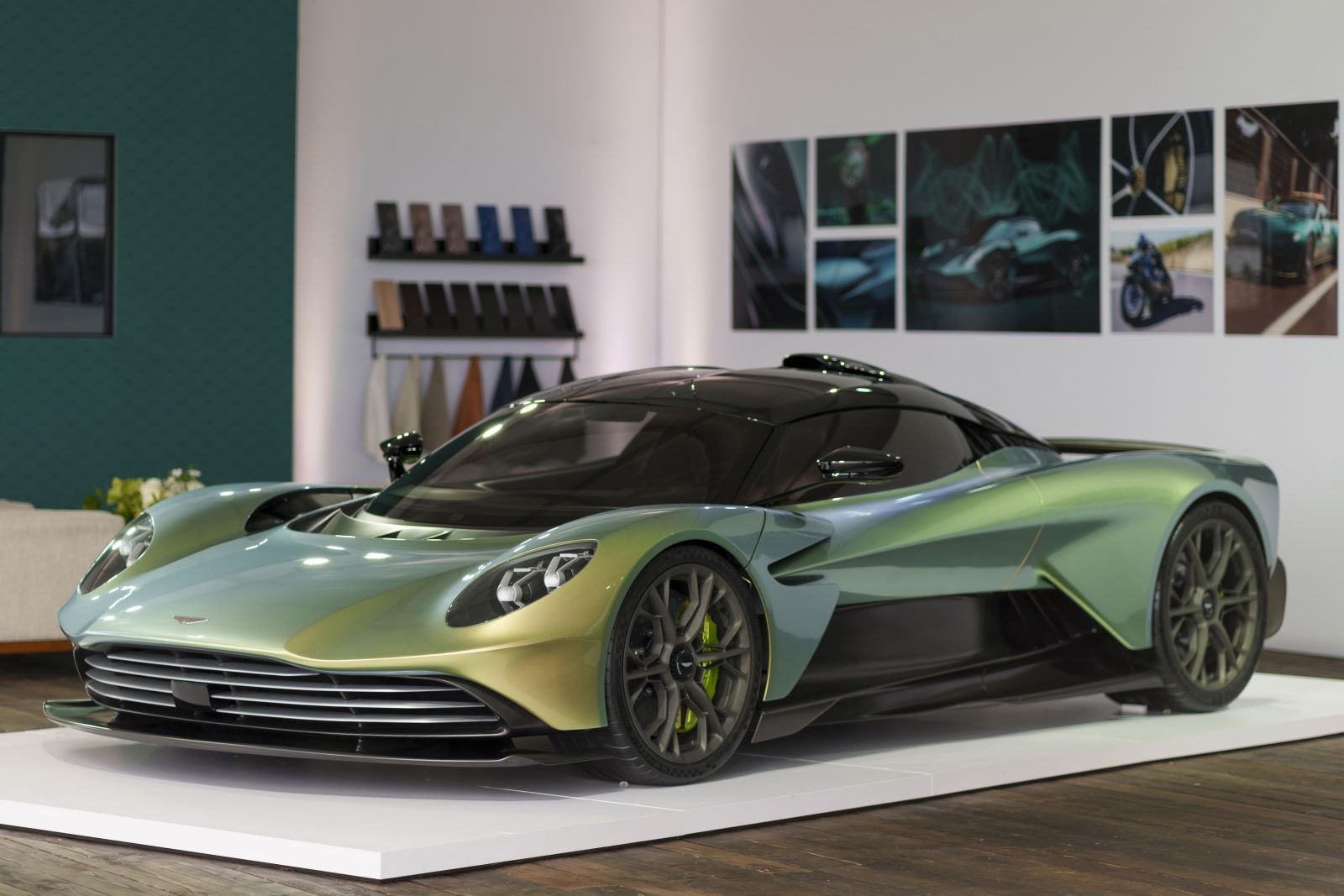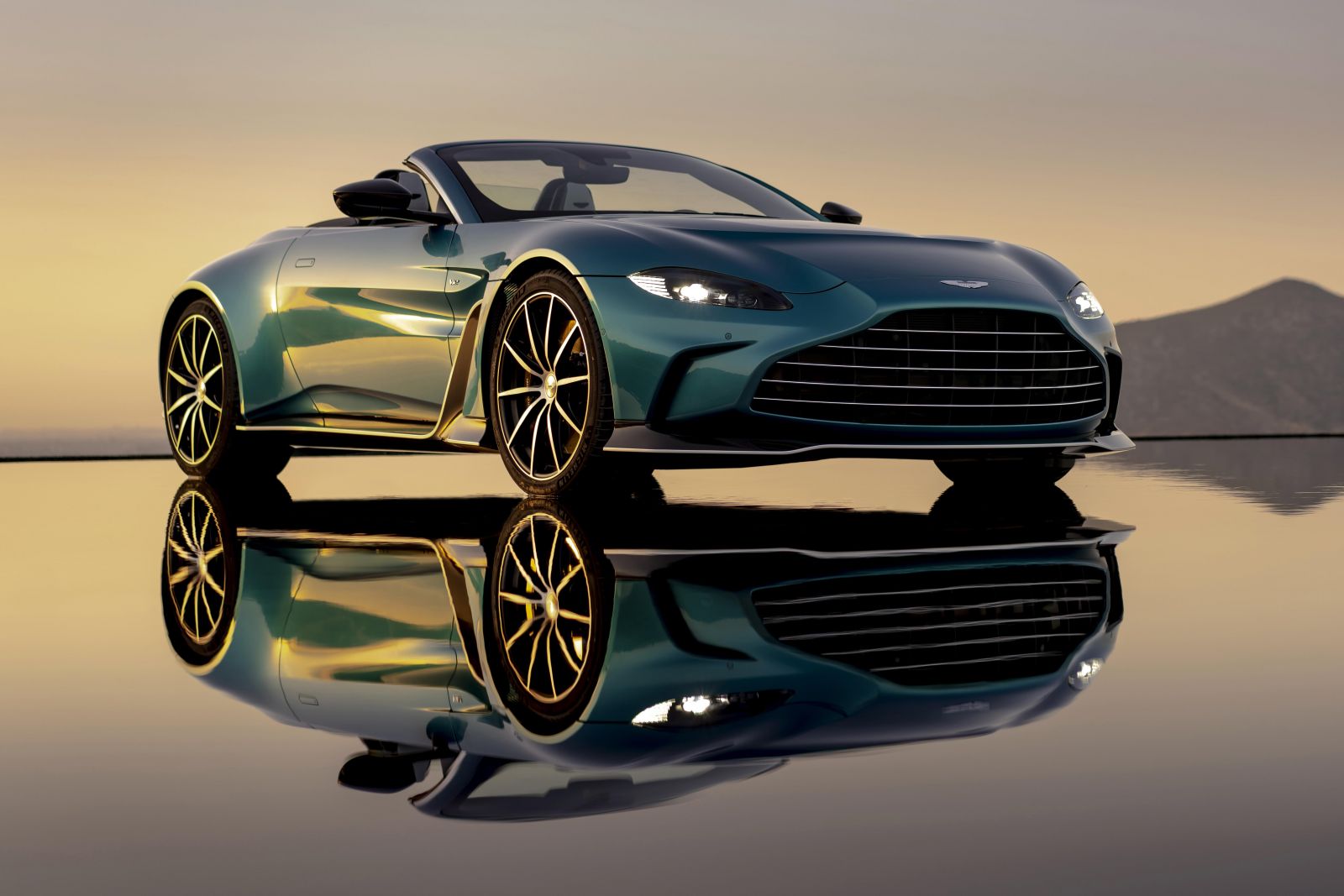To fully understand why Greg Adams is back in Japan as the regional boss of Aston Martin Lagonda is to appreciate his wonderfully diverse background.
His career spans more 32 years across multiple brands including Nissan, Ford, Mitsubishi, Ferrari, Fisker and Maserati, with a good many of those years spent in the Land of the Rising Sun.
CE: How do you go from a University of South Carolina graduate to running Aston Martin Lagonda in Japan and South Korea?
GA: All I ever wanted to do was work with cars and do that internationally. My mother, who was an international magazine editor in the US, told me Japan is the place. At the same time I loved Japanese cars – specifically Honda, so I came to Japan as a grad student in 1989 as part of the University of South Carolina International Business program.
The school itself didn’t have any contacts in the auto industry, so they lined up Sony, but the moment I stepped off the plane and immediately started talking to people at Toyota, Honda, Nissan – so long story short, Nissan was based in Tokyo and that’s where I wanted to stay. And that was 1991 through end 1995.
Then I moved to Ford of Japan but worked the parts side while stationed in Yokohama but one-hundred per cent focused on South East Asia, so travelling to Indonesia, Thailand, Philippines and even Taiwan where Ford had a large facility.
Still in the parts business, I was sent to Singapore with Ford for two years but wanted back into cars specifically and decide to move back to Japan and worked for a Nissan division that was all about futuristic design, vision and research, but then Carlos Ghosn told us to take projects on from other carmakers like General Motors APAC, Subaru, Audi and Ford.
-
Mitsubishi CZ3 Tarmac concept
From Japan I went to Mexico, the Middle East, South East Asia to work on these strange projects. For example, I went to the Middle East to interview 14-year-old kids to understand what shapes and colours they liked because Nissan was looking to build a factory there and by the time it opened these kids would be old enough to drive.
From there I moved on to work for Daimler/Mitsubishi in product planning where I got to work on the next-gen EVO X, which in reality was supposed be a smaller wheelbase car based on a show car called the Mitsubishi Tarmac. The chairman of Daimler actually saw it and said we should think about building it.
So in the end I was charged with looking at how to do it, with the Evo platform, shrink it and win races because the big heavy Evo X isn’t going to win any races. But the only way to make it work financially is do something else, so I suggested a compact SUV that depending where you are in the world was the RVR or the Outlander Sport [ASX] for example.
When Daimler and Mitsubishi divorced, Daimler gave me the option of staying in Japan [to] work for the Fuso truck brand or go to China and help develop Chrysler and Dodge brands – that is, find partners to build certain models.
-
Ferrari FF
So, I went to China for three years and was eventually contacted by my current boss at Aston Martin, Marco Mattiacci, who was then at Ferrari and looking for someone who knows Asia but specifically Japan as we wanted to take back the Japanese market as Ferrari from the importer who had the rights for 40 years, and then develop the market.
Actually, I was more interested in working with smaller cars with smaller budgets and big ideas but then I went to Maranello and met him, as well as Amedeo Felisa, who back then was the President and in charge of all the engineering at Ferrari, who’s now the President and CEO of Aston Martin Lagonda.
So there I was working for Ferrari, based in Shanghai working out how to take back Ferrari; how to work with the partner, how to open a new dealership, what to do with aftersales and what’s the ten-year plan. We did everything, and then Marco said, “you go to Japan and run Ferrari in Japan”.
Marco was then posted to the United States – Ferrari’s largest market – after which, I also went back to the U.S. and worked for Ferrari North America. Eventually, Marco was made F1 boss and moved back to Italy while I stayed in the States in charge of marketing, brand and motorsports.
-
Faraday Future FF 91
I then went to Faraday Futures as I’d worked with EVs before in the States with Mitsubishi and Coda Automotive, but Faraday is now infamous.
It was like the Apple Car, very, very futuristic with everything connected. It was funded by a Chinese billionaire who had started the equivalent of Netflix but has extended the model into making its own telephones and TVs and sold them cheaply for the subscription deal.
When I got there the car was close to ready and they were even looking at a second model before getting ready to build the plant. I spoke to Marco and told him to come and check this out as it’s the future of automotive. Anyway he came and they made him the number two as head of commercial. We worked there about a year before finding some unusual practices. They weren’t prepared to change so almost the entire executive team left including Marco and myself.
Marco and I then spent the next few years consulting with companies that were either in, or wanted to be in the luxury EV business. So, we worked with Karma Automotive (formerly Fisker) and brought in the likes of Pininfarina and designed a beautiful Coupe version of the Karma as a show car.
-
Aston Martin DB11
We also worked with a company interested in buying Williams and building that into a sports car brand with the question of whether to use a traditional combustion engine or an electrified platform, which we were obviously suggesting given Williams was already contracted to build the new-generation Lotus EVs.
From there I got a call from Maserati who wanted me to come back to Japan as they were also going electric, but I also knew Marco was speaking with Aston Martin after getting a call from Lawrence Stroll given his days as Ferrari dealer in Montreal.
And then when Lawrence had the opportunity to buy into Aston Martin along with other investors and to his credit they brought in all sorts of people, many former Ferrari people like Amedeo Felisa and of course Marco Mattiacci who I now work for again.
So these were the people who had really built a brand in Ferrari and now those same people are here at Aston Martin.
-
Valhalla
CE: What’s the vision going forward for Aston Martin?
GA: Actually, the vision is super clear. Some things were inherited like the GT cars, some things were in progress like the DBX, which they tweaked and made the DBX 707, and now we’ve got things like Valhalla that were just sketches back then that are being brought to life by people who have built multiple mid-engine supercars for other brands.
So we have GT, SUV, mid-engine and now EV, which is another great strategy that’s also being finalised – so the future is bright.
-
DBX Straight Six
CE: How much can you tell me about Aston’s EV aspirations?
GA: Stay tuned, because something will come out in the relatively near future, which I think they’re planning to talk about soon. You can see what we’ve already talked about with investors. The global future that’s aligned to regulations and zero emissions means it can either go electric, hydrogen or something else, but frankly, it’s pre-decided.
We’re looking at everything. We already have a mild-hybrid of the DBX in China which uses a straight-six engine, but China is a unique market.
If you look at our mission of the company, Aston Martin wants to be the world’s most desirable British-based ultra-luxury performance brand which means you need to embrace technology and stay ahead of your peers.
-
V12 Vantage
CE: Ferrari has been exceptional when it comes to building a luxury brand with intrinsically high residual values and desirability, is that the kind of success Aston is going after?
GA: Mr Stroll is exactly the right person to take Aston Martin forward. He’s not just a fashion brand billionaire, he’s a luxury fashion brand billionaire. He lives and breathes the luxury world from yachts to private planes and more. He understands luxury better than most, but more importantly he’s exactly the person we want to sell to.
Because of his background he can tell you “This is what I would like to see”, and then he’s got all these people around who have been at Aston previously who are incredibly knowledgeable, as well as an influx of new people from brands like Ferrari and others.
He understands the language, which is luxury, not premium, and from there it’s easy to build the brand, build the product and the steps to get there.
Having said that, we’ll continue to add people in key areas. For true luxury you need to have tip-top technology and process for personalisation, given you need to be able to do anything someone asks for, which is probably the next area we focus on aside from electrification.
-
Valkyrie
CE: Not only does Ferrari command industry-high residual values, but the company also offers attractive incentives like seven-years free servicing.
Is that something Aston Martin might consider in order to make the brand more appealing to prospective customers
GA: Everything is being looked at. We have all these new people who know how to build a brand which includes things like intrinsic value which people appreciate. The question is how do you do that and make a profit at the same time?
-
DBS
CE: What’s in the pipeline for Aston Martin?
A: If you talk to Mr Stroll, he’ll tell you we’ve now entered a second phase of the plan. What you’re about to see is a shift into product. We have lots of new product on the way. For example, the sports car range is about to completely renew itself and that’s the core of the business.
Right now the DBX is up near 50 per cent of our total volume which is significant and already has the volume we need for it, while our GT cars making up the rest of the sales. But as the car becomes more popular and there are different versions of everything, especially when you factor in the mid-engine cars, its fine.
As a good company with good designers we need to be ready to do anything, not that we’re doing that, but you never know where the market is going to go and what Aston can come up with.
Very soon you’ll see the first of the new sports cars and when you see that you’ll see technology, infotainment that we haven’t done before. You’re really going to be pleasantly surprised but we’re taking it even further as you’ll see. And, we’re talking about the next few months.











